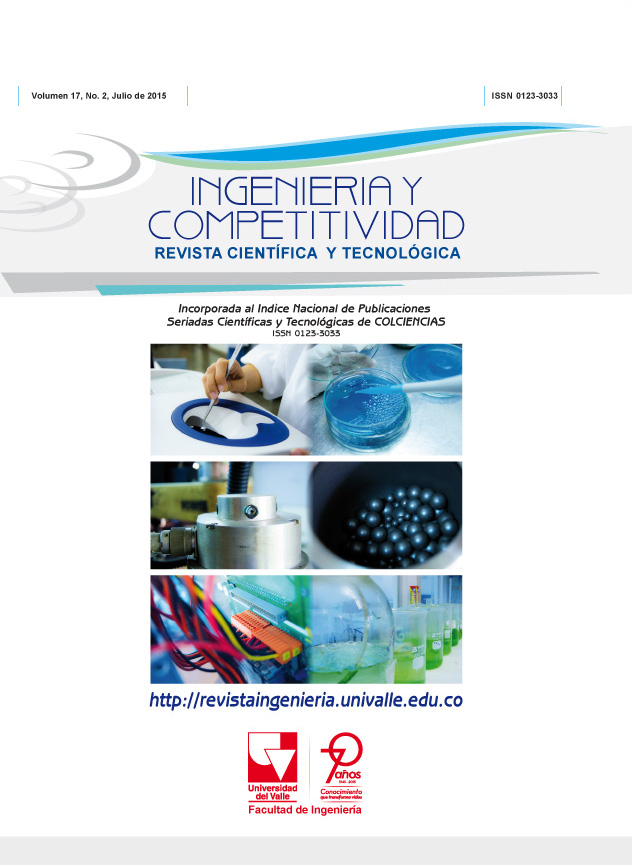Análisis de sensibilidad de los resultados del modelo de gestión SUE (Sistema Universitario Estatal) basado en el análisis envolvente de datos
Contenido principal del artículo
El Sistema Universitario Estatal (SUE) colombiano utiliza un modelo matemático para evaluar las universidades públicas “rankeandolas” según su desempeño. Sin embargo, se hace necesario proponer otro(s) enfoque(s) pues los resultados han generado inconformidades. Este trabajo propuso un modelo alternativo (Soto & Arenas, 2005) basado en Análisis Envolvente de Datos (DEA) que permite calcular el desempeño de las universidades del SUE.El modelo DEA convencional no incluye directamente la posibilidad de evaluar la sensibilidad de la eficiencia a variaciones en la información. Tener una medida de hasta qué punto un conjunto de Unidades de Decisión (Decision Making Unit-DMU) conserva su eficiencia debido a estas variaciones es fundamental para conocer la robustez de los resultados.Este artículo propone utilizar el enfoque de Análisis de sensibilidad de modelos DEA para cambios simultáneos en la información, desarrollado por (Seiford & Zhu, 1998), para medir la sensibilidad de los resultados del modelo SUE basado en DEA. Inicialmente se expondrán algunas de las razones para analizar la sensibilidad del modelo. Luego se presentará el enfoque escogido describiendo su metodología y se aplicará al modelo SUE basado en DEA. Finalmente se presentarán sus resultados y conclusiones
- Análisis de sensibilidad
- análisis envolvente de datos
- Sistema Universitario Estatal
- súper-eficiencia.
Descargas
Los autores que publican en esta revista están de acuerdo con los siguientes términos:
Los autores ceden los derechos patrimoniales a la revista y a la Universidad del Valle sobre los manuscritos aceptados, pero podrán hacer los reusos que consideren pertinentes por motivos profesionales, educativos, académicos o científicos, de acuerdo con los términos de la licencia que otorga la revista a todos sus artículos.
Los artículos serán publicados bajo la licencia Creative Commons 4.0 BY-NC-SA (de atribución, no comercial, sin obras derivadas).





